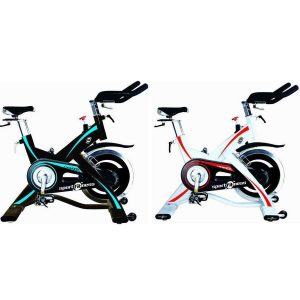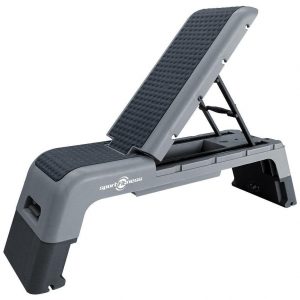¿Por qué utilizar la elíptica para quemar calorías?
Puedes quemar entre 600 y 800 calorías en una hora con la elíptica. ¿Por qué?
- Trabaja el tren inferior: glúteos y pierna.
- Trabaja el tren superior: pecho y brazos.
- Evita el impacto de las rodillas y articulaciones.
Utilizar la elíptica también tiene otros beneficios, por ejemplo, reduce el estrés, mejora el estado de ánimo y protege el sistema inmunológico.
¿Cómo quemar más calorías con la elíptica?
- No empieces a todo vapor. Lo mejor es empezar de a poco y luego cuando estés preparado, incrementa la velocidad.
- Cambia de ritmos. Combina un ritmo suave con uno más fuerte, camina hacia atrás en la elíptica y realiza intervalos de alta intensidad para entrenar a toda por lo menos de 30-60 segundos. Estos cambios evitan que te estanques y te exigen más logrando que quemes más calorías.
- Mantén la espalda recta y el abdomen contraído.
- Puedes semiflexionar las rodillas o utilizar bandas elásticas al utilizar la elíptica para trabajar más glúteos y piernas.
Si quieres conocer las elípticas que tenemos disponibles haz clic aquí
Síguenos en Instagram en @tienda_sportfitness
Nuestros destacados
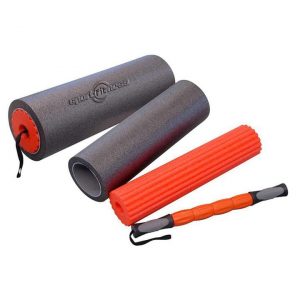
20%
Set De Movilidad 3 EN 1 – Sport Fitness 71465
Original price was: $118.795.$95.036Current price is: $95.036. IVA Comprar Ahora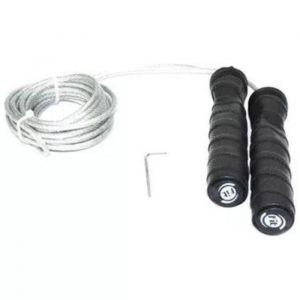
20%
Lazo Para Salto JR4317 – Sport Fitness 71588
Original price was: $63.398.$50.718Current price is: $50.718. IVA Comprar Ahora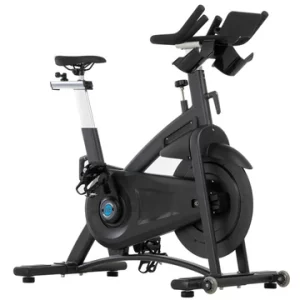
20%
Bicicleta Spinning Magnética Benevento – 70396
Original price was: $3.590.517.$2.872.413Current price is: $2.872.413. IVA Comprar Ahora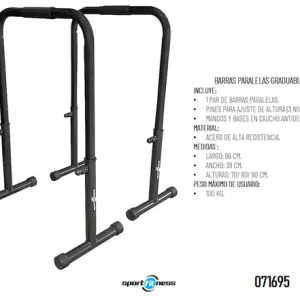
20%
Agotado



